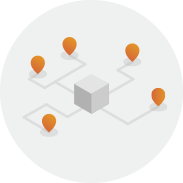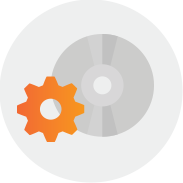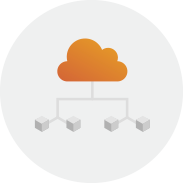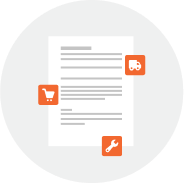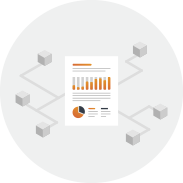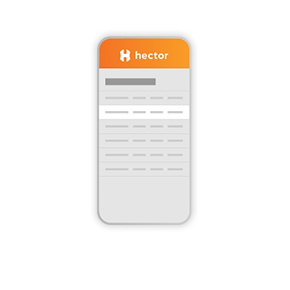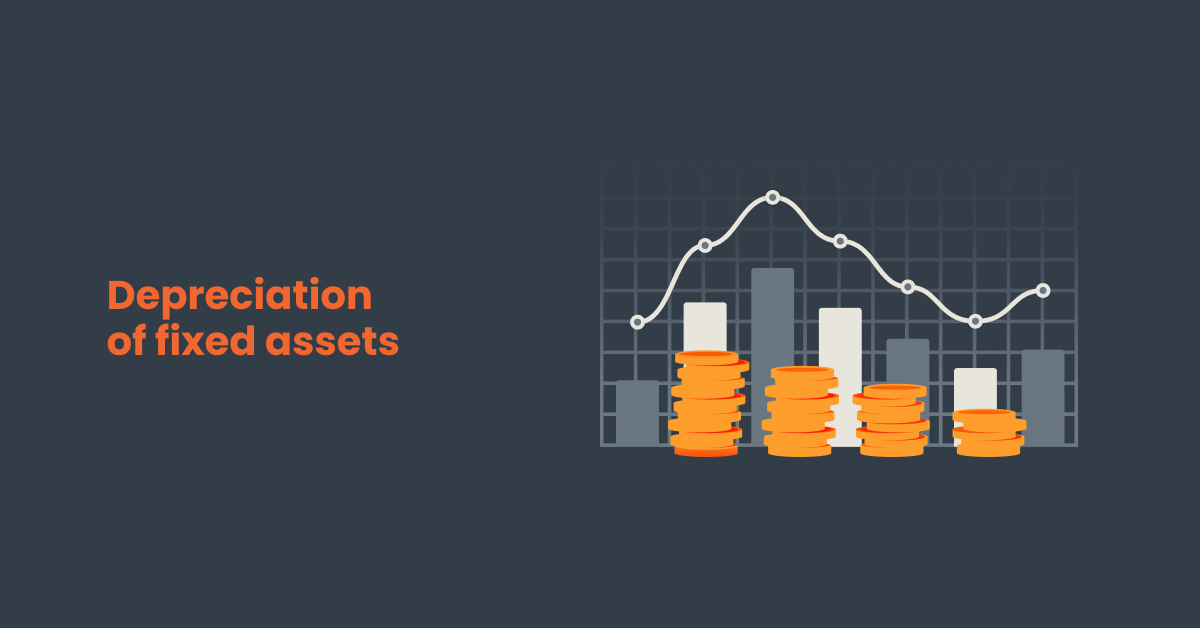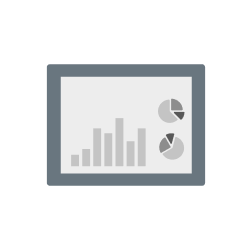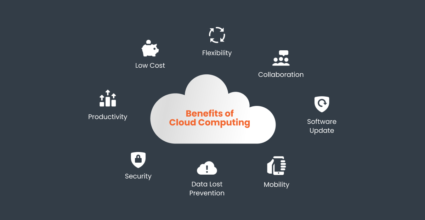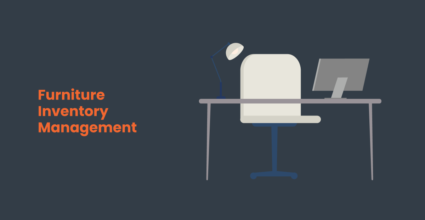How to calculate the depreciation of fixed assets?
Depreciation spreads the purchase cost of the equipment over the years it will be used. There are two methods for calculating the loss in value of an asset:
Straight-line depreciation calculation
Straight-line depreciation is the simplest method of calculating depreciation. In this calculation, the amount of expense is the same each year over the useful life of the asset.
This method consists of calculating depreciation by dividing the cost of the asset by the number of years the asset will be used.
Straight-line depreciation = Value of the asset / number of years
Declining balance calculation
Declining balance depreciation takes into account a faster depreciation of the asset during the first years of use in its calculation. It is obtained by multiplying the straight-line depreciation rate by a coefficient. The value of the coefficient depends on the duration of use and the nature of the equipment concerned.
- For an amortization period of 3-4 years, the coefficient is 1.25.
- For a depreciation period of 5-6 years, the coefficient is 1.75.
- For an amortization period of more than 6 years, the coefficient is 2.25.
Declining-balance depreciation = Straight-line depreciation x coefficient
The assets that are eligible for declining balance depreciation are mainly capital goods:
- Industrial equipment
- Handling equipment (hand trucks, carts, elevators, cranes)
- Security installations (fire extinguishing and detection equipment)
- Office equipment (cash registers, duplicators, photocopiers, computer equipment)
- Storage facilities
- Industrial buildings with a lifespan not exceeding 15 years
Use inventory management software
For an organization, it can be useful to know the value of the assets they own. With Hector, it is possible to activate the accounting depreciation feature. This way you can quickly get an overview of all your assets and the value of your investments.
Try Hector now!

